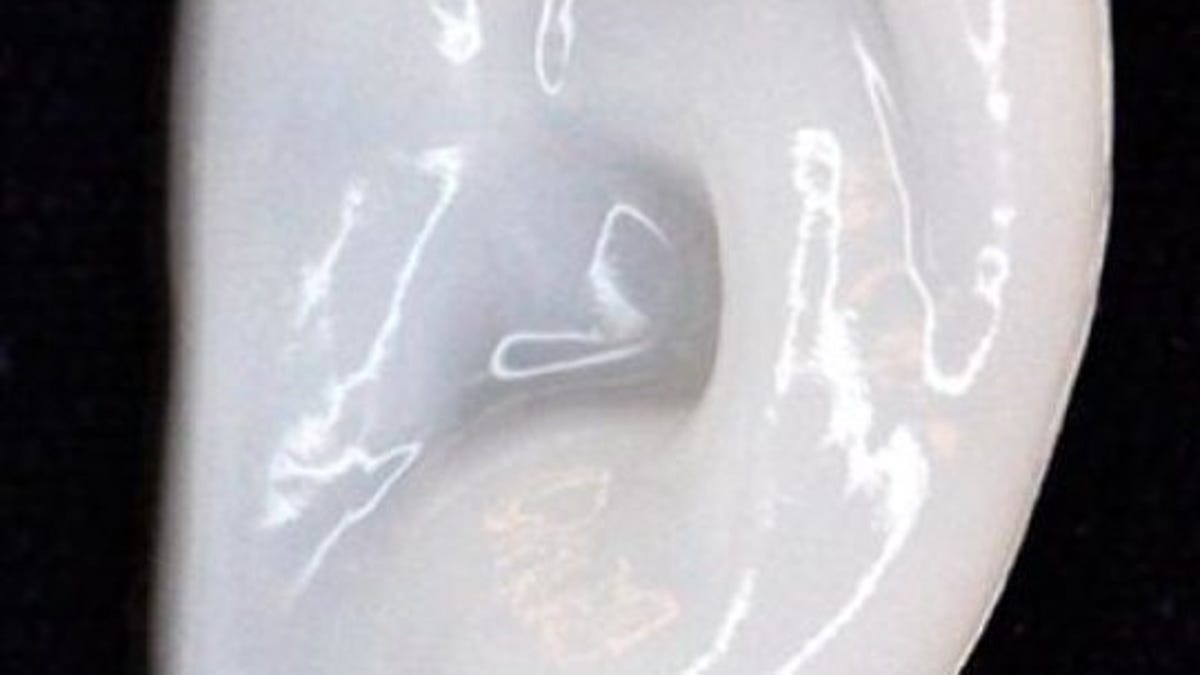3D-printed cartilage could restore ears, shoulders, knees and nose
A new technique for 3D printing cartilage could "revolutionise tissue engineering and regenerative medicine".
Cartilage is pretty important. It provides structure to parts of the body and softens the joints between bones. When cartilage is damaged, it can cause a lot of pain. And, unfortunately, cartilage does not regenerate well on its own, since it doesn't have a blood supply.
The field of bioprinting -- fabricating biological material with 3D printing -- is increasingly looking like an excellent option for restoring damaged cartilage. Last year, the Department of Health Sciences and Technology at ETH Zurich developed a method of 3D printing cartilage from biopolymers and cartilage cells.
Now a team, led by Paul Gatenholm at the Wallenberg Wood Science Center in Sweden, has developed a similar method and demonstrated its viability as a medical treatment by testing it on mice. They presented their research this week at the 251st National Meeting & Exposition of the American Chemical Society (ACS).
"Three-dimensional bioprinting is a disruptive technology and is expected to revolutionise tissue engineering and regenerative medicine," Gatenholm said in a statement.
"Our team's interest is in working with plastic surgeons to create cartilage to repair damage from injuries or cancer. We work with the ear and the nose, which are parts of the body that surgeons today have a hard time repairing. But hopefully, they'll one day be able to fix them with a 3D printer."
Current methods of regenerating cartilage involve implanting cartilage-building cells in a scaffold and growing them in conditions similar to those found in the human body. The 3D-printing technique would print cells and scaffold together in the one step.
The problem Gatenholm's team found was that this would often result in a blobby mess. Creating a scaffold recipe that would keep its structure was key. To do so, they turned to plants. Using polysaccharides from brown algae and cellulose fibrils from wood, the mixture still kept its shape.
To see how it responded in a living system rather than a laboratory setting, the team implanted their samples into living mice. Sure enough, the cells survived and began to produce cartilage. The team was then able to increase this cartilage production by introducing stem cells found in bone marrow.
The technique is not quite ready for testing in humans, but Gatenholm is working with a plastic surgeon to make sure that any clinical trials comply with all regulations.


